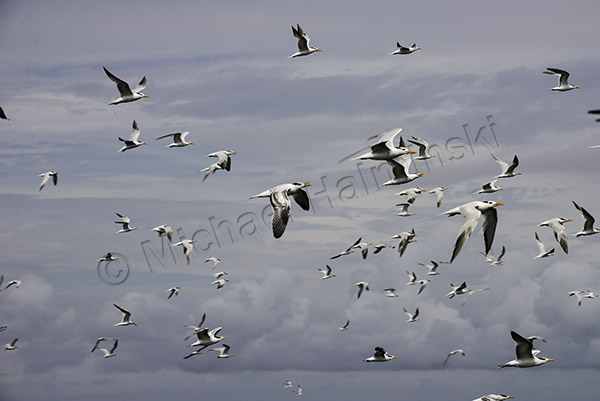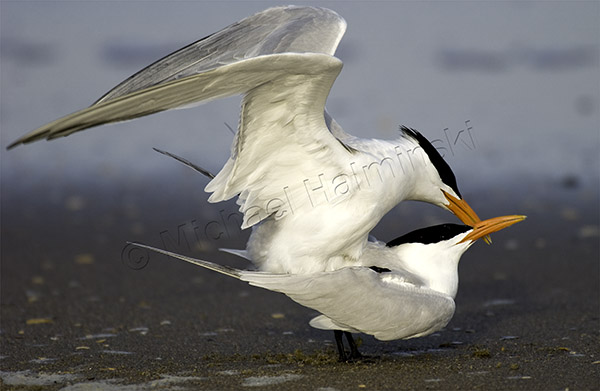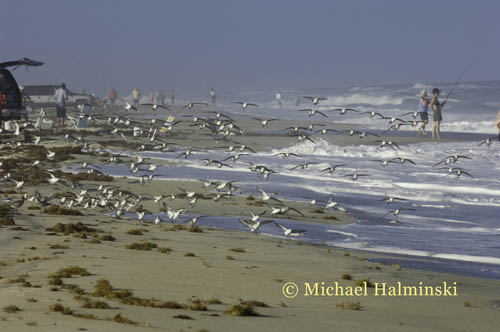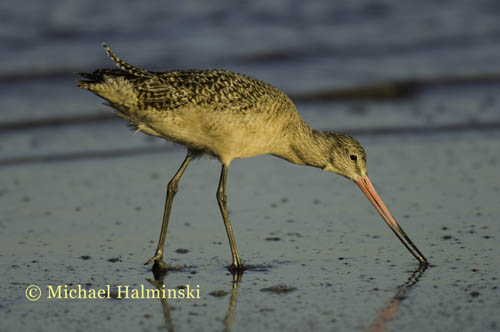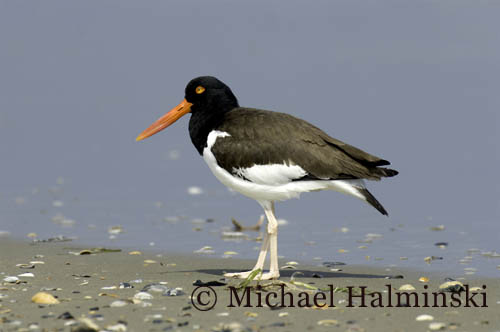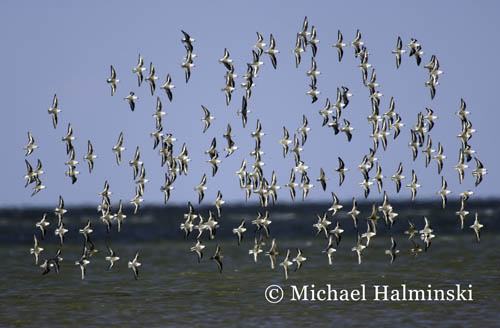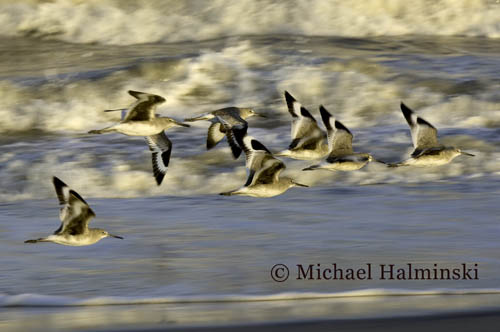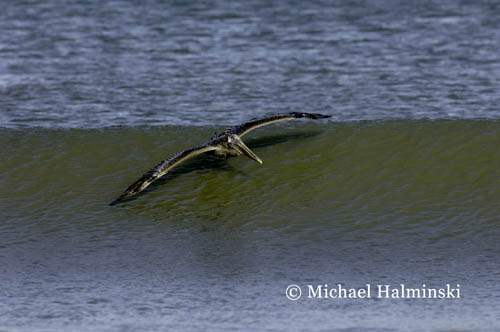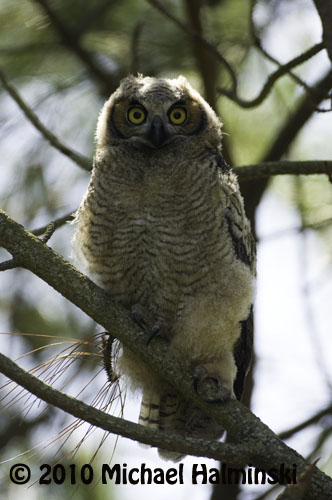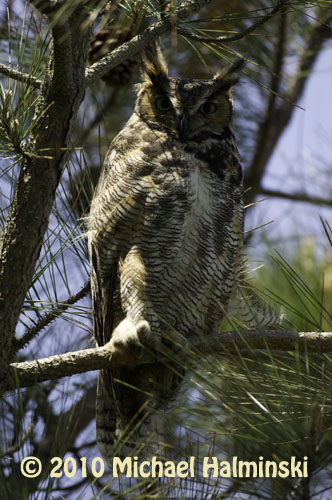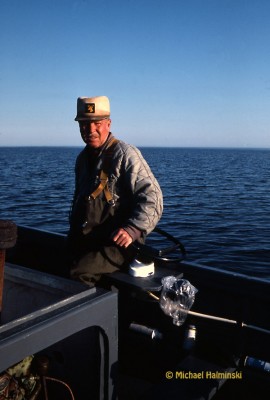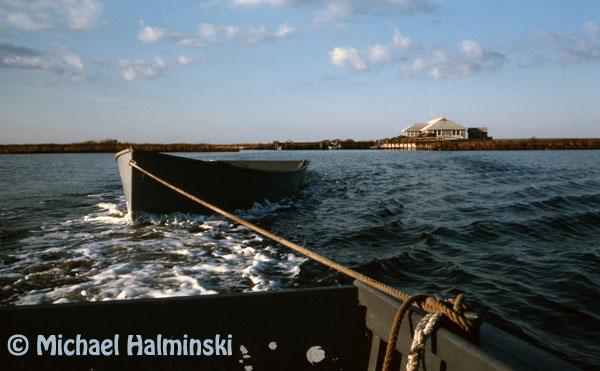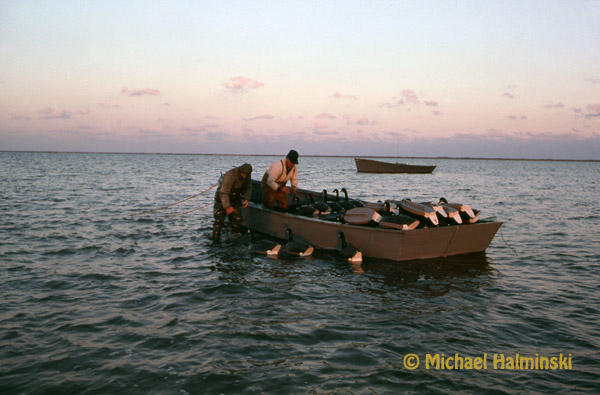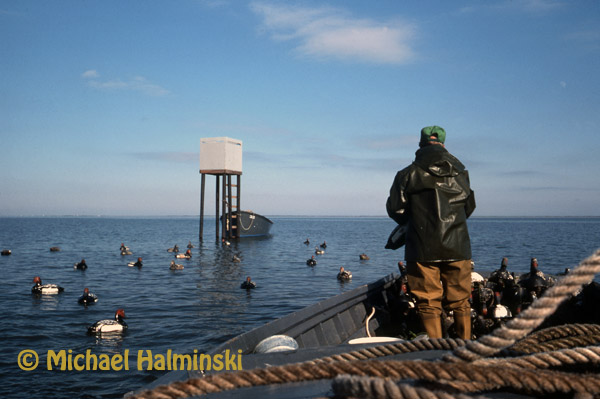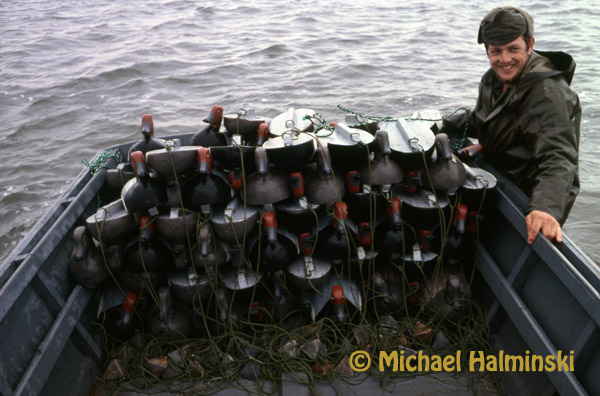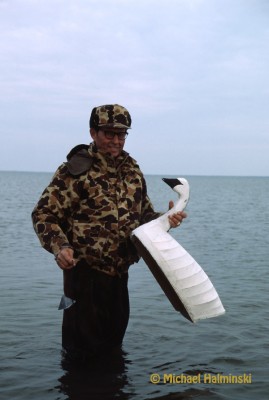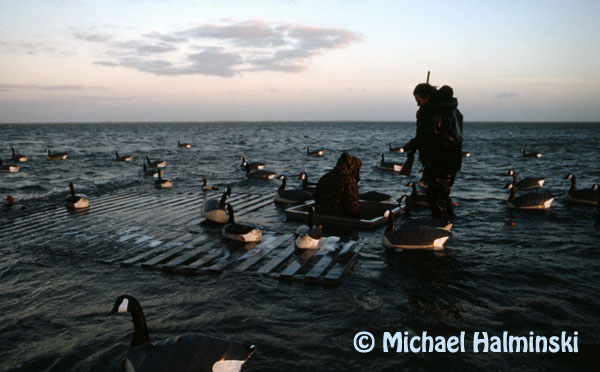Category Archives: Birds
Wings Over Water
Another high season here at the beach is nearly over, and it’s been a hot one. When I was a kid, it was a sad time for me, watching Summer end and going back to school. But now I find myself excited with Autumn approaching. The vacationing crowds depart, leaving locals and off-season visitors to relish the best that the Outer Banks has to offer.
Fall has always been my favorite season here. It’s not only a time for great weather and scenery, it’s also a time of transition and the spectacle of bird migration. I’m amazed every time I watch massive flocks of shorebirds navigate and feed along the beaches. Some of them make journeys of thousands of miles, and the shorelines here are a critical step in that flight.
The Red Knot is a good example. They make one of the longest migrations of any bird, traveling from their Arctic breeding grounds in Summer to southern South America in Winter, a distance of over 9,000 miles. I’ve seen them feeding voraciously on sand fleas and other organisms in the surf zone.
Red Knots foraging on Ocracoke.
Some of the more common beach birds encountered are sanderlings, willets, black-bellied plovers with an occasional godwit or whimbrel. I’ve spent years watching them and trying to capture their images. I love how flocks can fly as a unit, wadded in tight packs. Their quick flight is erratic, so photographing them in the air is a challenge.
This November will mark another annual celebration of Wings Over Water, and I was asked once again, to lead one of the many field trips. I decided to concentrate on bird photography at the beach. Wednesday afternoon on November 10th, I’ll meet a small group of participants at my studio to get acquainted, view some work and discuss photography. Then we’ll hit the beach via 4-wheel drive to do some shooting. Scheduling this trip around a low tide, this will be a great opportunity to see shorebirds and seabirds in action. You never know what you’ll see.
Unexpected Visitors
I love the nature and tranquility of my yard. The variety of birds that come throughout the year is amazing. Some fly to the feeder hanging in the garden. Others come to perch in the trees and bushes. Some do both. I’ve seen unusual birds like scarlet tanagers, baltimore orioles and bald eagles. I also get more usual sightings like cardinals, towhees and finches.
A couple of weeks ago, my friend Steve dropped by. Like me, he’s an avid gardener, and sometimes we exchange seeds or ideas. As we were sitting next to one of my raised beds, discussing the merits of soil pH, there was a rustling in the pines. We looked up to see a feathery creature stumbling along the branches. It was a young great horned owl clutching a limb then jumping to another. We could hardly believe it. We all stared, checking out each other. The young bird was clicking it’s bill, and glaring at us with big yellow eyes. It was an amusing sight.
We looked for 20 minutes not realizing that we too were being scrutinized. Unbeknownst to us, there was an adult owl perched in an nearby tree, and it was watching us the whole time.
The next few days I saw them again and again, and wondered why they would stay here. The juvenile, only a few months old, still had some downy plumage, yet was able to fly fairly well. A nest 30 feet up in a tree gave me a clue. Could it belong to them? It looked so small.
I remembered the baby great horned owl that we rescued 2 years earlier, after it fell out of a nest. That youngster had been raised in a nest even smaller, but it worked. Well, sort of. I learned that great horned owls use nests built and vacated by other birds. Locally here on Hatteras, they nest in January or early February, long before most other birds are doing it.
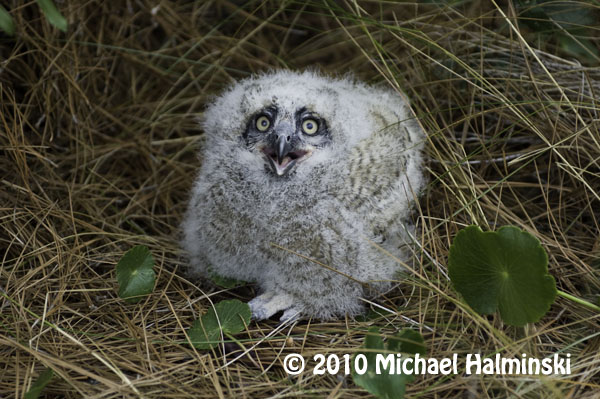 This 4-week old owl had fallen onto soft pine straw from a nest 25 feet high.
This 4-week old owl had fallen onto soft pine straw from a nest 25 feet high.
Now I’ve been watching these raptors for 3 weeks. During the day they roost nearly motionless in the branches. They move around a little, depending on the comfort zone. At times they get harassed by mocking birds, but other than that you’d never even know they were there. They blend in beautifully. If my theory about their nest is right, then they’ve been in my own back yard for 3 months without me knowing it.
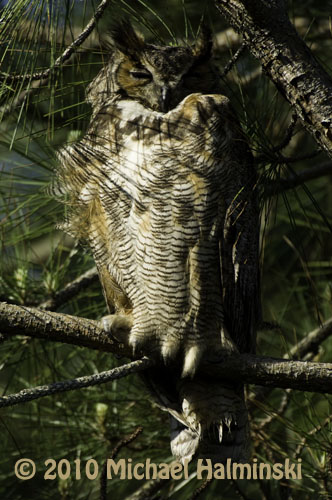 The adult gets a morning snooze.
The adult gets a morning snooze.
 The adult after a long rainy night of hunting.
The adult after a long rainy night of hunting.
 The juvenile is just getting its feathery horns.
The juvenile is just getting its feathery horns.
Natural born killers, they are perfectly designed for what they do. At dusk they get active. They’re silent, stealthy fliers. At night, I’ve seen them perched on power lines, rooftops, on my osprey platform in the marsh, or at my neighbor’s fish house looking for prey. Then the next morning, I find them nestled stoically in the same group of trees. It’ll be interesting to see how long this continues.
Gull Island Gunning Club
You often hear about how people in the arts have to survive early on in their careers. Some work in restaurants or construction. I’ve been there… done that, but I also had some other interesting lines of work to make ends meet.
Back around 1975, when there was still considerable waterfowl hunting here, a neighbor asked if I wanted to earn some extra money. It turned out that they needed another waterfowl hunting guide, with no experience necessary. Uneasy at first, I quickly learned to emulate what the experienced guides did. They prepared boats, blinds and decoys among other things.
The work was tough, cold and wet. Hunting trips required 24 hour service, plus awakening at 4 AM to get hunters ready. But as with many things in retrospect, it was a pretty valuable and unique experience. I was a licensed guide at Gull Island for 5 years.
The lodge at Gull Island had four bunk rooms, a mud room for gear and guns, a kitchen and dining area, a rec room with television, and a separate privy with generator room on the north side. It was a particularly comfortable building, especially considering its location, miles out in the Pamlico Sound.
The interior was equipped with heaters, wall lamps and a refrigerator all run on propane. In the above photo, I am at the head of the table in red shirt. We were treated to some first-class hearty meals out there.
Raymond Midgett was one of the hunting guides that I worked with. Here he runs the 24 foot skiff, that used a reliable 4 cylinder air-cooled Wisconsin engine for power. It was slow, but got the job done. Thus it was named Anytime. It was built in Avon by Willy Austin.
Here Anytime tows one of the decoy skiffs to pick up a hunting rig.
Mark McCracken and Burt Hooper pick up after a day of hunting. Burt amazed me with his sharp vision. He could spot a flock of ducks a mile away and tell you what type of fowl they were, before you could even see them.
Raymond Midgett throws out a stake blind rig, while I drag the skiff through the thigh deep water.
This image was made of the same stake blind, taken from the north deck of the club house. I used a Nikon F2 with a Century 650mm lens attached. It shows shot hitting the water while the hunters fired at the “cripples”.
Michael Peele is a native of Hatteras, and was a regular hunter at Gull Island. Here he poses with a skiff full of redhead decoys that I painted and rigged with lines and lead weights. Gull Island is where I learned to tie a bowline knot.
Manson Meekins of Avon was also a regular visitor to Gull Island.
The sink box, also called a battery box, required a lot of work to install, maintain and rig. We hunted three different sink boxes around the island. They lured waterfowl and worked extremely well.
Alex Kotarides (standing on deck) was the owner of Gull Island Gunning Club. He also owned a huge bakery in Norfolk. Here he stands with nephew Chris (far left) and bakery employee Fred Keitch (far right). Alex was a very generous man. Every Christmas he would bring some local villagers turkeys and hams for the holidays. He also loaned me $1100 so that I could buy my first high quality telephoto lens.
This is a shot of Gull Island Gunning Club taken during it’s glory days. I used the 400mm Novoflex lens (mentioned above) mounted to my F2 while standing in the marsh of Bay Landing on Hatteras. Gull Island is two miles away. Around 1990 while being renovated, the house accidentally burned to the ground. Today all that remains is the island, an old dock and a lot of memories.
Great Horned Owlet
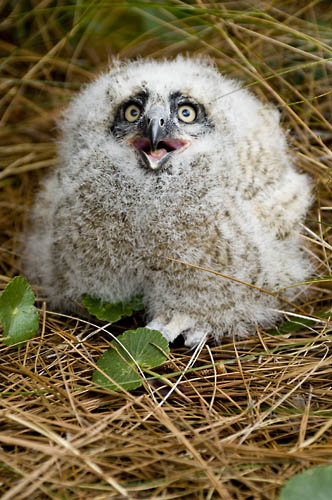
Last month some friends and I found a baby owl that had fallen out of it’s nest. With the help of a local wildlife rehabilitator and the local fire department, we put the young nestling back into it’s nest. The following day the adults were back tending to their chick.




